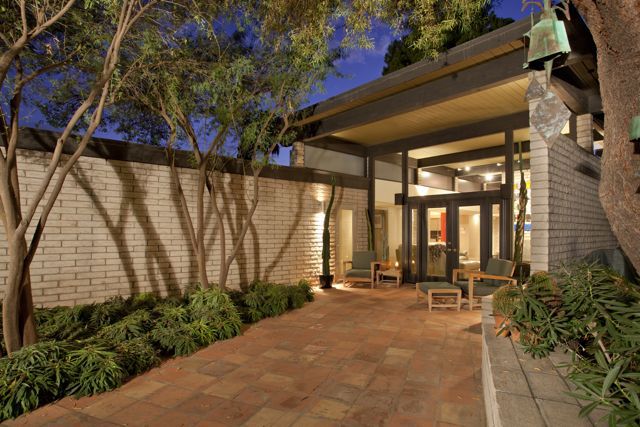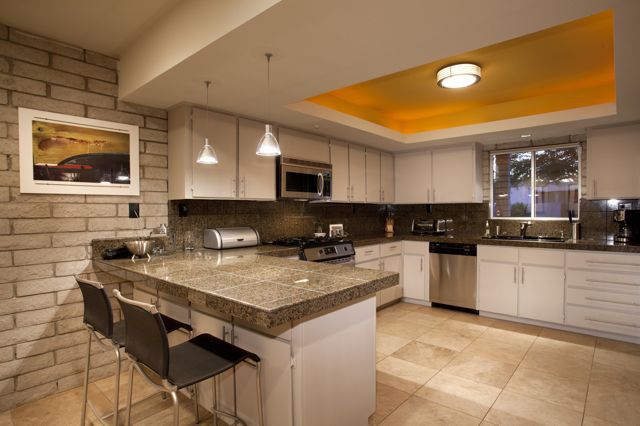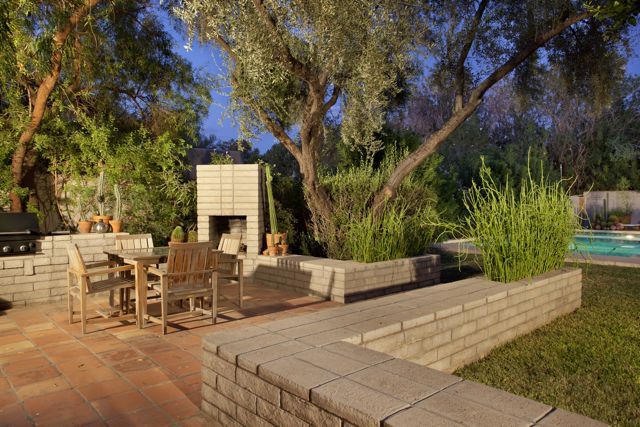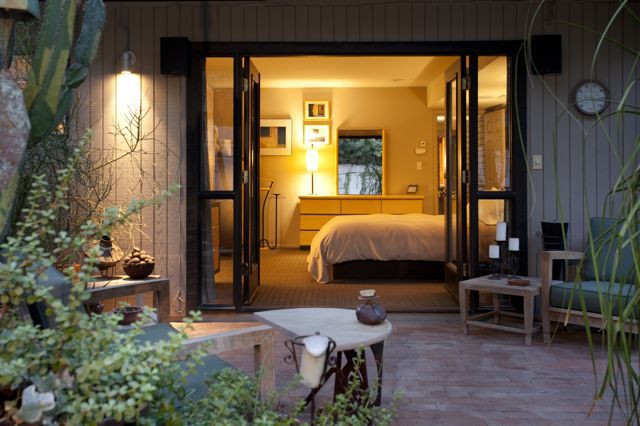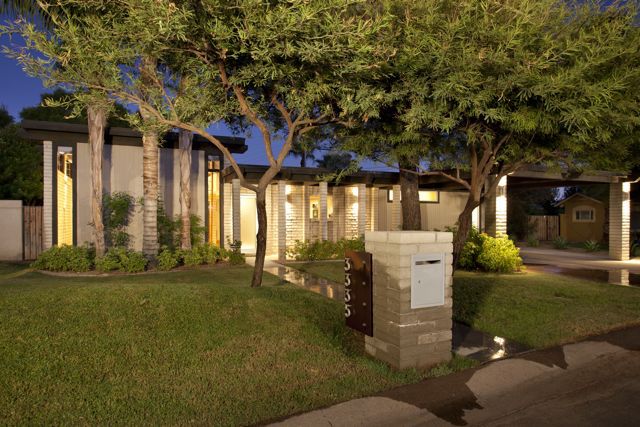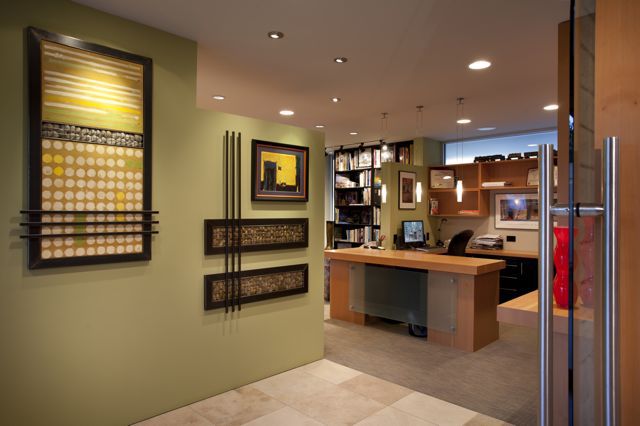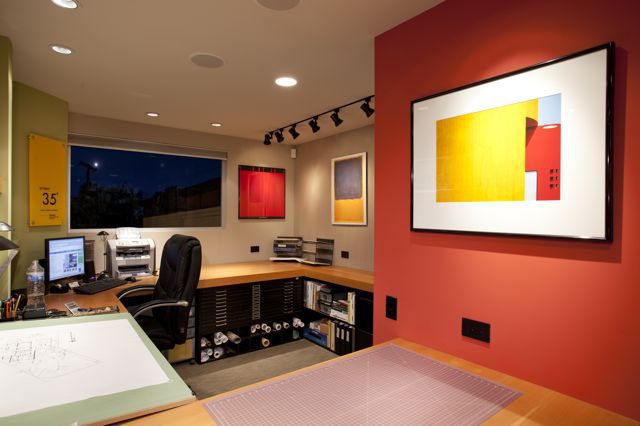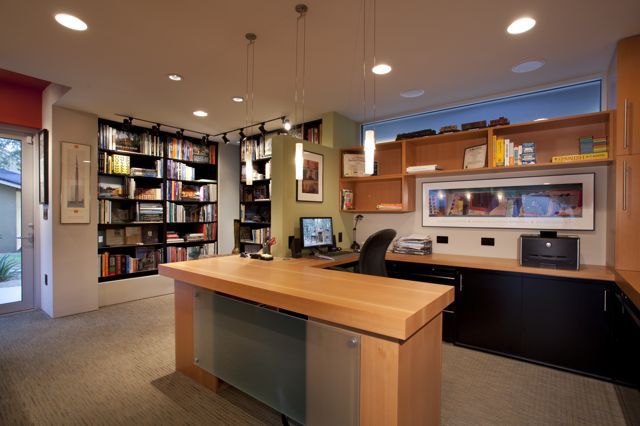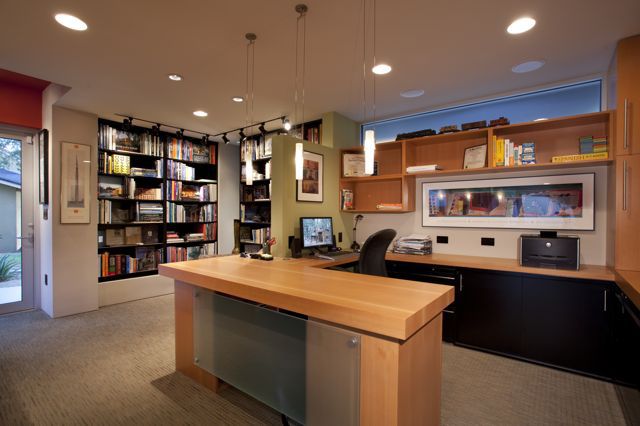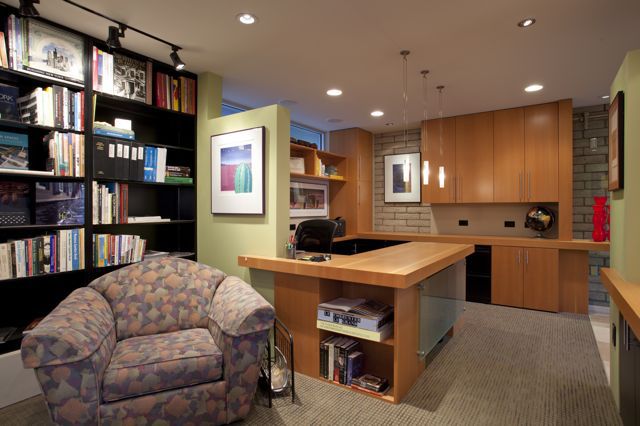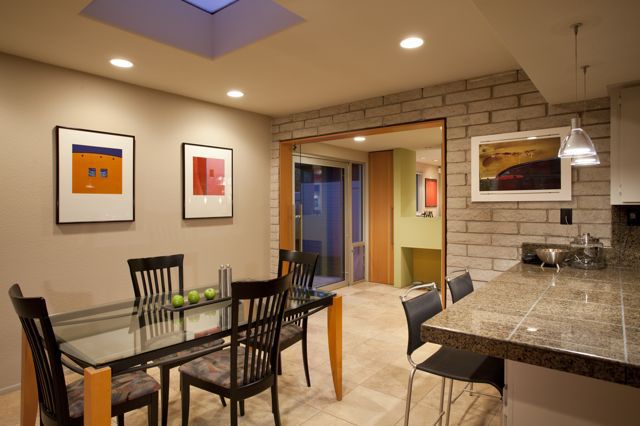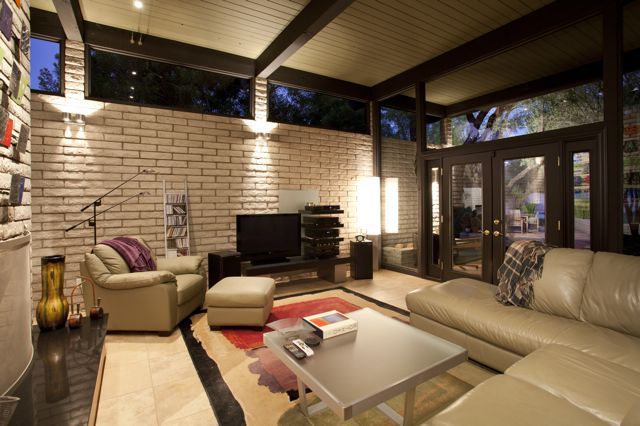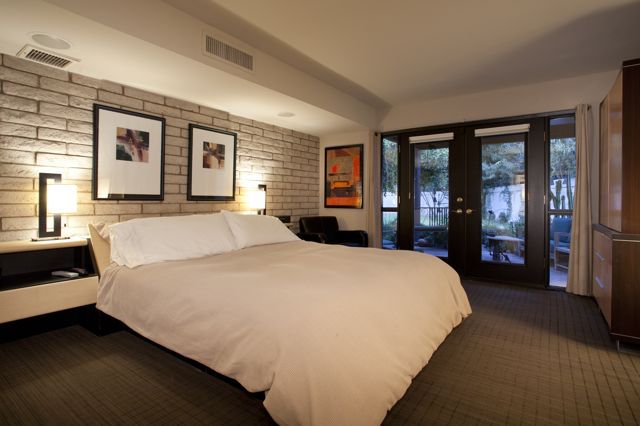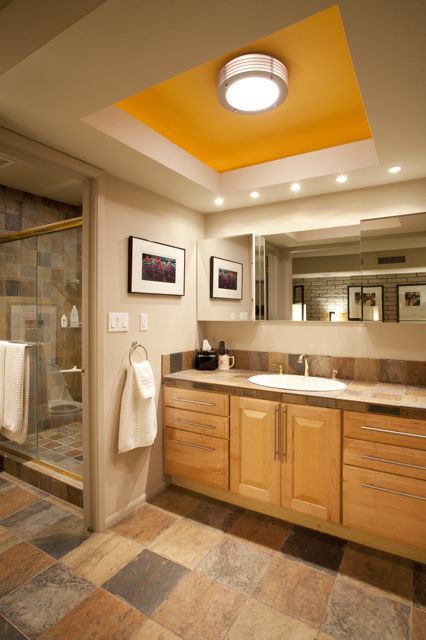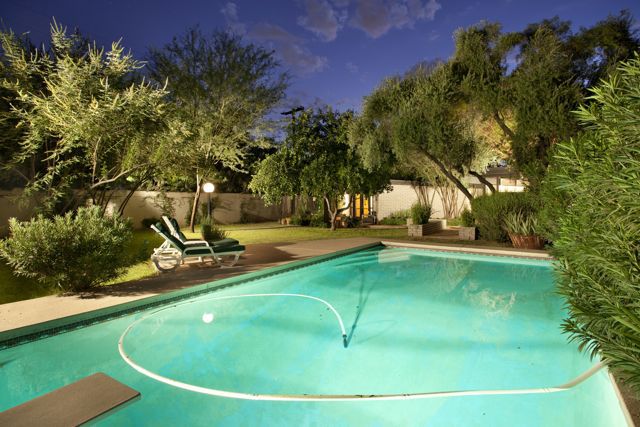Calvin Straub | Arizona Country Club Area
General Information
- Area: ARCADIA - Ingleside Inn | Scottsdale/Phoenix
- Architecture: Calvin Straub
Description
Few architects and educators have had such a pervasive influence on architecture as Calvin C Straub.. He created an important body of work as the senior partner of Buff Straub and Hensmen, both previous students at USC. His work was widely published in Sunset Magazine and considered highly influential in shaping the vision iconography of the post-world war II contemporary southern Californian style. His and the firms work bridged the gap between the influences of early arts and crafts architects and the early California modernists, creating a uniquely regional architectural form. For this work and his educational contributions he was described in “Toward a simpler way of Life” as “the father of California post and beam architecture”. His desert residence continued and extended the legacy of “design with climate” that he had begun decades again in southern California and preceded the now popular “green movement” in architecture by some 30 years.
